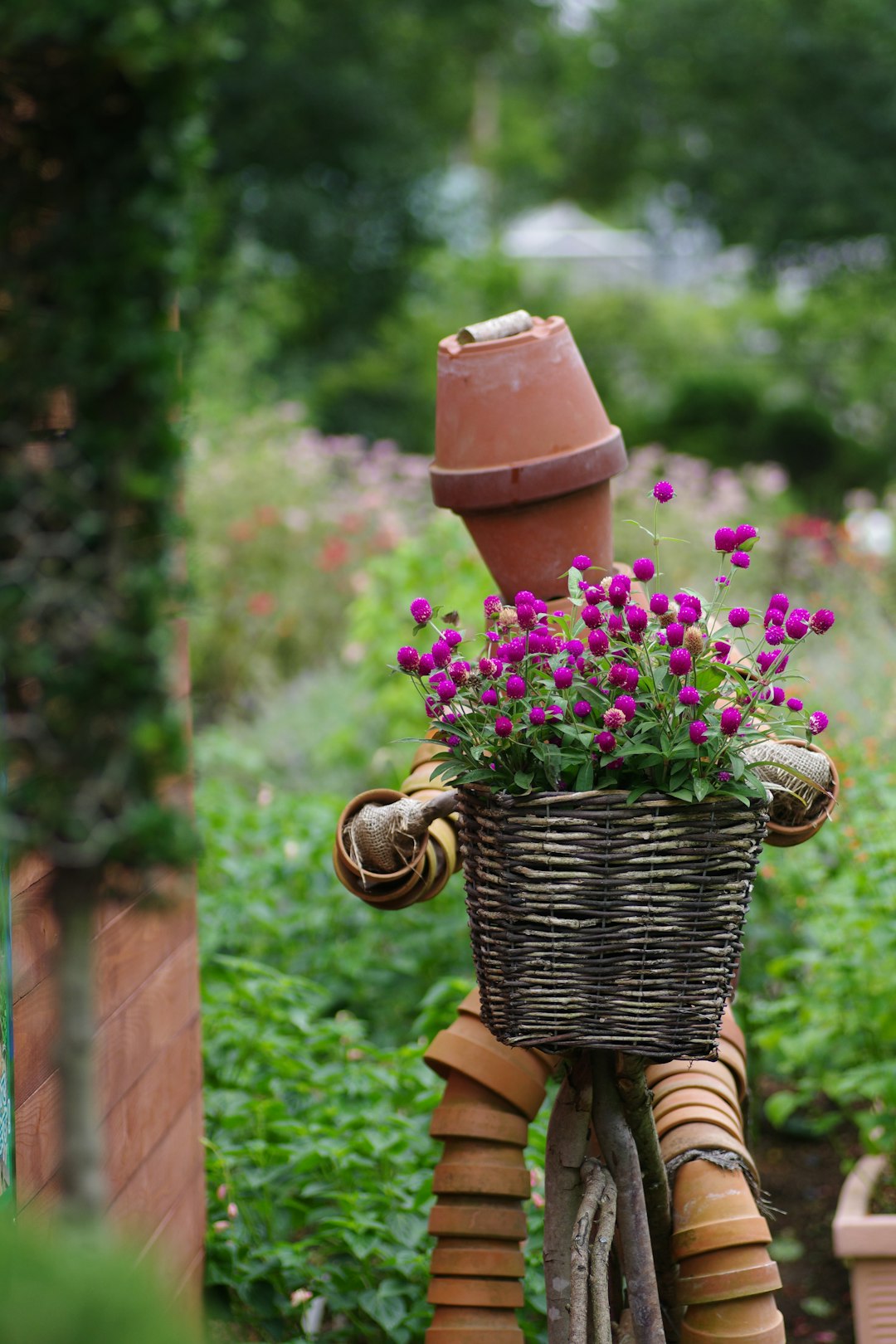Edible gardening is a rewarding and sustainable practice that allows you to grow your own fresh produce right at home. Among the many plants you can cultivate, perennial herbs stand out as true gems. These remarkable herbs have the unique ability to come back year after year, providing you with a continuous supply of flavor and fragrance.
One of the most popular perennial herbs is thyme. Thyme is a versatile herb that can be used in a variety of dishes, from savory stews to fragrant roasted meats. Its small, aromatic leaves are packed with essential oils that give it a distinct flavor. Thyme is also a hardy plant that can tolerate a wide range of growing conditions. It prefers full sun and well - drained soil, but it can also thrive in partial shade. Once established, thyme requires very little maintenance. You can harvest the leaves as needed throughout the growing season, and in the winter, it will go dormant and come back stronger the following spring.
Another excellent perennial herb is sage. Sage has a strong, earthy flavor that pairs well with poultry, pork, and stuffing. Its gray - green leaves are not only delicious but also have medicinal properties. Sage is known for its antioxidant and anti - inflammatory effects. When it comes to growing sage, it likes a sunny spot with well - drained soil. It is drought - tolerant, making it a great choice for gardens in dry climates. Sage can be pruned regularly to keep it bushy and healthy. In the fall, you can cut it back to encourage new growth in the spring.
Rosemary is a fragrant and flavorful herb that is a staple in Mediterranean cuisine. Its needle - like leaves have a piney, citrusy flavor that adds a unique touch to roasted vegetables, grilled meats, and bread. Rosemary is a woody perennial that can grow into a large shrub if left unpruned. It thrives in full sun and well - drained soil. In colder climates, it may need some protection during the winter, such as a layer of mulch. However, in milder regions, it can be an evergreen addition to your garden. You can harvest rosemary sprigs throughout the year, and the more you harvest, the bushier it will become.
Mint is a refreshing and fast - growing perennial herb. There are many varieties of mint, including peppermint, spearmint, and chocolate mint. Mint is commonly used in teas, cocktails, and desserts. It has a cooling flavor that can soothe the digestive system. Mint is a very adaptable plant, but it can be invasive. It spreads quickly through underground runners, so it's best to plant it in a container or in an area where it can be contained. Mint prefers partial shade and moist soil. You can harvest the leaves regularly to keep the plant in check and to enjoy its fresh flavor.
Oregano is a staple herb in Italian and Greek cuisine. It has a strong, pungent flavor that is perfect for tomato - based dishes, pizza, and pasta sauces. Oregano is a low - growing perennial that forms a dense mat of foliage. It likes full sun and well - drained soil. Oregano is relatively drought - tolerant and can handle poor soil conditions. You can harvest the leaves as soon as the plant is established. In the winter, it will die back, but it will reappear in the spring, ready to be used in your favorite recipes.
Chives are a mild - flavored herb that belongs to the onion family. They have a delicate onion flavor that can be used to garnish soups, salads, and omelets. Chives are easy to grow and require very little care. They prefer full sun but can also tolerate partial shade. Chives grow in clumps, and you can divide them every few years to keep them healthy. You can harvest the leaves by cutting them close to the base. They will quickly regrow, providing you with a continuous supply of fresh chives.
In conclusion, incorporating these perennial herbs into your edible garden is a wise decision. They not only add flavor and aroma to your meals but also require minimal effort to maintain. With their ability to come back year after year, they are a sustainable and cost - effective way to enhance your culinary experiences. So, roll up your sleeves, prepare your garden beds, and start growing these wonderful perennial herbs today.

